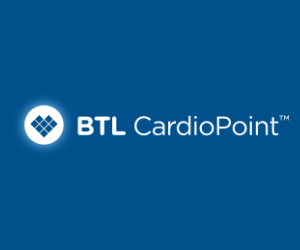Pharmacogenetics of antithrombotic therapy in patients with brain stroke
Patients with acute brain stroke belong to a high-risk group of patients due to the nature of the disease and damage to the brain parenchyma, with an increased risk of recurrent stroke and the development of side-effects and life-threatening complications due to the applied treatment. In such patients early administration of individualized, pharmacogenetic-based doses is of utmost importance, which is primarily related to antithrombotics. Genotyping allows for individualization of treatment, thereby contributing to the success of treatment, reducing the occurrence of unwanted side effects, while reducing costs. Warfarin, due to its low cost and effectives, continues to be the most widely prescribed anticoagulant, despite the emergence of new anticoagulants (NOAK). Pharmacogenetic variability due to the polymorphism of coding genes CYP2C9 and VKORC1 is responsible for its pharmacological effect, and the combination of mutations of these genes have a significant impact on the required dose of warfarin. Predictive value of pharmacogenetic testing of the impact of polymorphism of CYP2C9 *1, *2, *3 and VKORC1 1173C> T is most prominent in the first week of starting therapy, which is particularly important for a fast and safe anticoagulant effect in indicated patients with the acute brain stroke. Genotyping can also help in relieving therapeutic dilemmas that occur during deciding whether, when and in which patients’ one should reintroduce anticoagulants after having suffered from intracerebral hemorrhage.
Key words:
antithrombotics; brain stroke; genotyping





